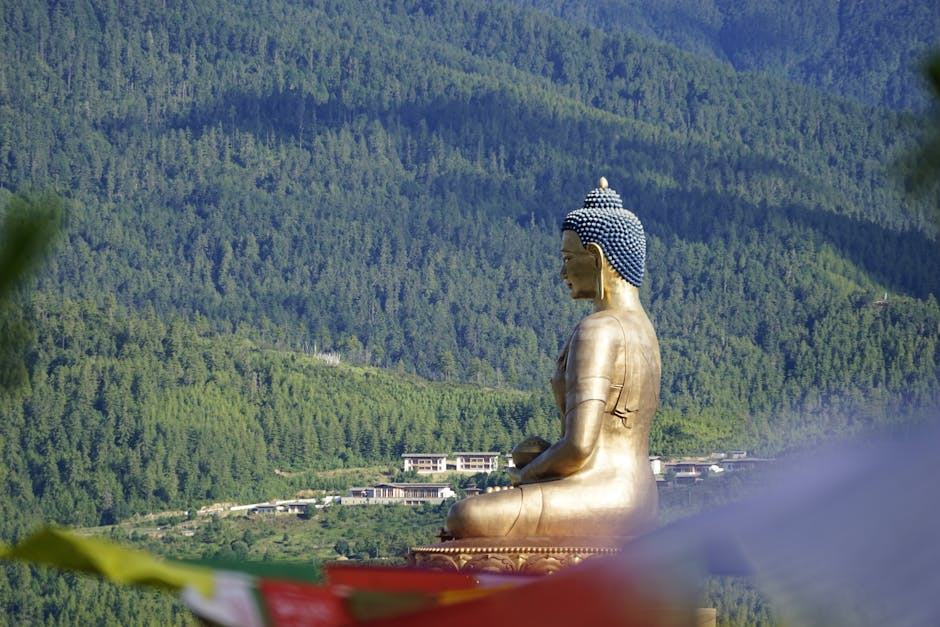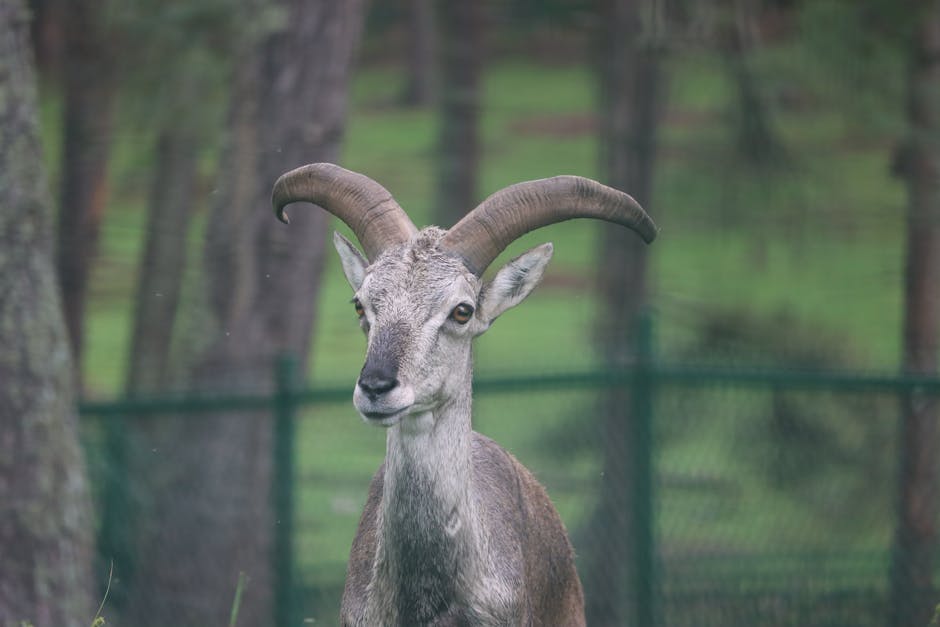Exploring the Unique Culture of Bhutan's Paro Valley
Paro Valley in Bhutan is more than just a picturesque destination; it’s a region steeped in rich culture, history, and tradition. Nestled among the majestic Himalayas, Paro has long been a center for spiritual and cultural activities in Bhutan. With its ancient monasteries, vibrant festivals, and deeply rooted customs, this valley provides a unique glimpse into Bhutanese life that has remained largely untouched by modernity. Visitors to Paro are often captivated not only by the breathtaking landscapes but also by the warmth of the local people and their adherence to Buddhist practices, which guide daily life here.

The Spiritual Heart of Paro: Monasteries and Temples
One of the most prominent aspects of Paro's culture is its deep spiritual significance. The valley is home to numerous monasteries and temples, many of which date back centuries. Perhaps the most iconic is Taktsang Monastery, commonly known as the "Tiger's Nest." Perched on a cliffside, this sacred site is said to be where Guru Rinpoche (an 8th-century Buddhist master) meditated after arriving on the back of a tiger. The monastery is an important pilgrimage site for locals and visitors alike.
Other notable religious sites in Paro include Kyichu Lhakhang, one of Bhutan's oldest temples, built in the 7th century. It is believed that this temple was constructed to pin down a demoness who was obstructing the spread of Buddhism across the Himalayas. These sacred sites offer not only spiritual solace but also an opportunity to experience Bhutan’s architectural mastery. Built primarily from stone and wood, these structures reflect traditional Bhutanese craftsmanship.
Visiting these religious landmarks gives travelers insight into the way religion shapes daily life in Paro. Many locals can be seen offering prayers or lighting butter lamps at these temples, demonstrating the role that spirituality continues to play in preserving Bhutanese traditions.
Festivals: A Celebration of Life and Faith
Festivals in Paro are vibrant expressions of both community life and religious devotion. One of the most famous is Paro Tshechu, a five-day festival held annually in honor of Guru Rinpoche. This celebration includes masked dances performed by monks and laypeople dressed in elaborate costumes. Each dance carries a specific meaning, often centered around Buddhist teachings or significant events from Bhutanese mythology.
During Paro Tshechu, locals gather at Rinpung Dzong, an impressive fortress-monastery that serves as both a religious institution and an administrative center. The dzong becomes a lively hub filled with color as families come together to witness these sacred performances. It’s common for Bhutanese people to wear their finest traditional attire (gho for men and kira for women) during this time.
The festival not only strengthens bonds within the community but also helps preserve cultural practices that have been passed down through generations. As tourism increases, many visitors are drawn to these festivals as a way to engage with Bhutan’s living traditions.
The Role of Agriculture in Daily Life
Agriculture plays a significant role in the daily lives of people living in Paro Valley. The fertile valley floor, fed by the Pa Chhu River, allows for the cultivation of rice paddies that stretch across much of the landscape. Rice farming has been central to Bhutanese livelihoods for centuries, particularly red rice, a staple food in almost every household.
In addition to rice, farmers grow crops such as potatoes, apples, and buckwheat. The agricultural calendar is closely tied to local customs and traditions, with planting and harvest seasons marked by rituals meant to ensure good yields. Many locals practice organic farming methods due to Bhutan’s national policy aiming to become the world's first fully organic country.
- Rice farming (especially red rice)
- Potato cultivation
- Apple orchards
- Buckwheat farming

For those interested in experiencing this aspect of local life firsthand, some farms offer homestay programs where visitors can participate in daily farming activities while learning about sustainable agricultural practices.
The Traditional Arts and Crafts of Paro
Bhutan takes great pride in its traditional arts and crafts, known collectively as "zorig chusum," which translates to "the thirteen arts." These include wood carving, painting (particularly religious thangka paintings), sculpture, weaving, and more. In Paro Valley, artisans continue these practices using techniques that have remained largely unchanged for generations.
The National Museum of Bhutan, located within Ta Dzong (an ancient watchtower), houses many examples of these crafts. Visitors can view intricate masks used during religious festivals or examine ancient thangka paintings depicting Buddhist deities and mandalas. Additionally, handicraft shops around town offer locally made products like textiles woven from yak wool or intricately carved wooden items.
This artistic heritage not only serves practical purposes but also reflects deeper spiritual meanings rooted in Buddhist teachings. Each piece carries symbolic importance, whether it's a painting designed to inspire meditation or a handwoven garment meant to honor tradition during festivals.
Cuisine: A Taste of Local Flavors
Beneath its serene exterior lies a cuisine rich with bold flavors that reflect both local ingredients and cultural influences from neighboring countries like Tibet and India. One dish that stands out is "ema datshi," a spicy stew made from chilies (ema) and local cheese (datshi). Though simple in preparation, this dish holds an essential place in Bhutanese cuisine as it is enjoyed by locals nearly every day.
Beyond ema datshi lies an array of other traditional dishes such as:
- Momos: Steamed dumplings filled with meat or vegetables.
- Paksha Paa: Pork cooked with radishes and spicy red chilies.
- Zow Shungo: Stir-fried vegetables mixed with leftover rice.
Meals are often accompanied by "ara," a locally brewed alcoholic drink made from rice or barley. Sharing food plays an important role in fostering community ties; meals are often communal affairs where family members gather around low tables called "dhing," making dining both a social activity and an expression of hospitality.
The Preservation of Culture Amid Modernization
Despite increasing exposure to modern influences through tourism and media access over recent decades, Bhutan (particularly regions like Paro Valley) has made efforts to preserve its unique culture. The government maintains policies aimed at promoting "Gross National Happiness" over Gross Domestic Product growth. This philosophy emphasizes cultural preservation alongside economic development.
The country’s strict regulations on tourism (requiring visitors to pay daily tariffs) help limit over-tourism while ensuring that cultural heritage remains intact for future generations. Even though younger generations are gradually adopting aspects of modern life (such as smartphones), traditional values continue guiding most aspects of everyday life here, from what people wear (traditional ghos) right down to how they greet one another with respect through formal bows called "chamdzom."
The culture of Paro Valley offers travelers an immersive experience into Bhutanese traditions rooted deeply in spirituality, community bonding through festivals like Tshechu celebrations at Rinpung Dzong along agricultural activities such as organic rice farming passed down generationally within families practicing sustainable methods combined alongside zorig chusum artisanship highlighting thirteen ancient arts crafts echoing Buddhist beliefs shaping daily rhythms seamlessly blending across culinary flavors reflected spicy ema datshi woven tapestry preserving timeless authenticity thriving amidst modernity balanced harmony Gross National Happiness guiding path forward safeguarding Bhutan unique identity flourishing amidst changing world keeping values alive hearts minds residents unbroken threads